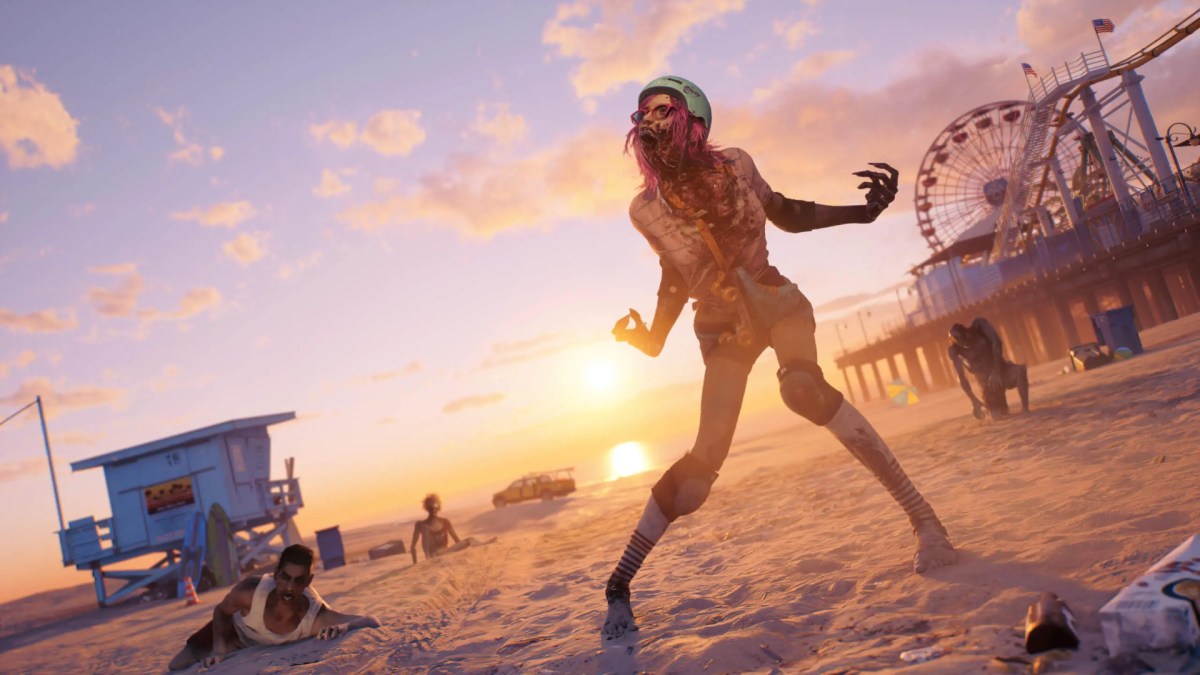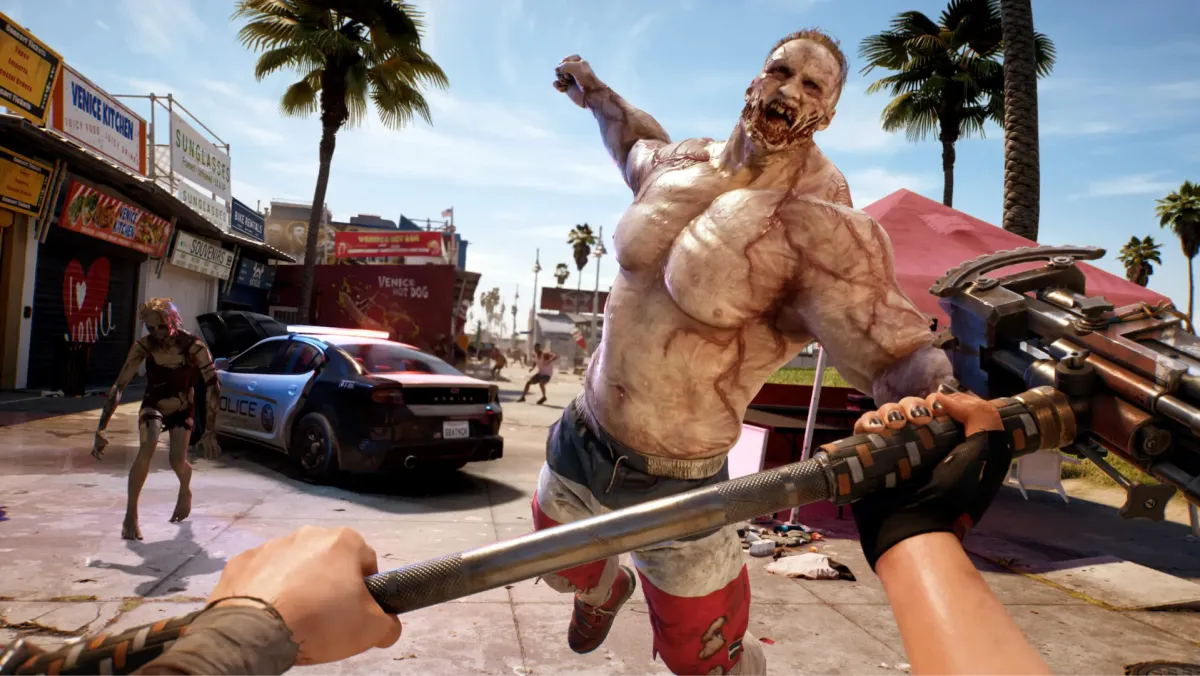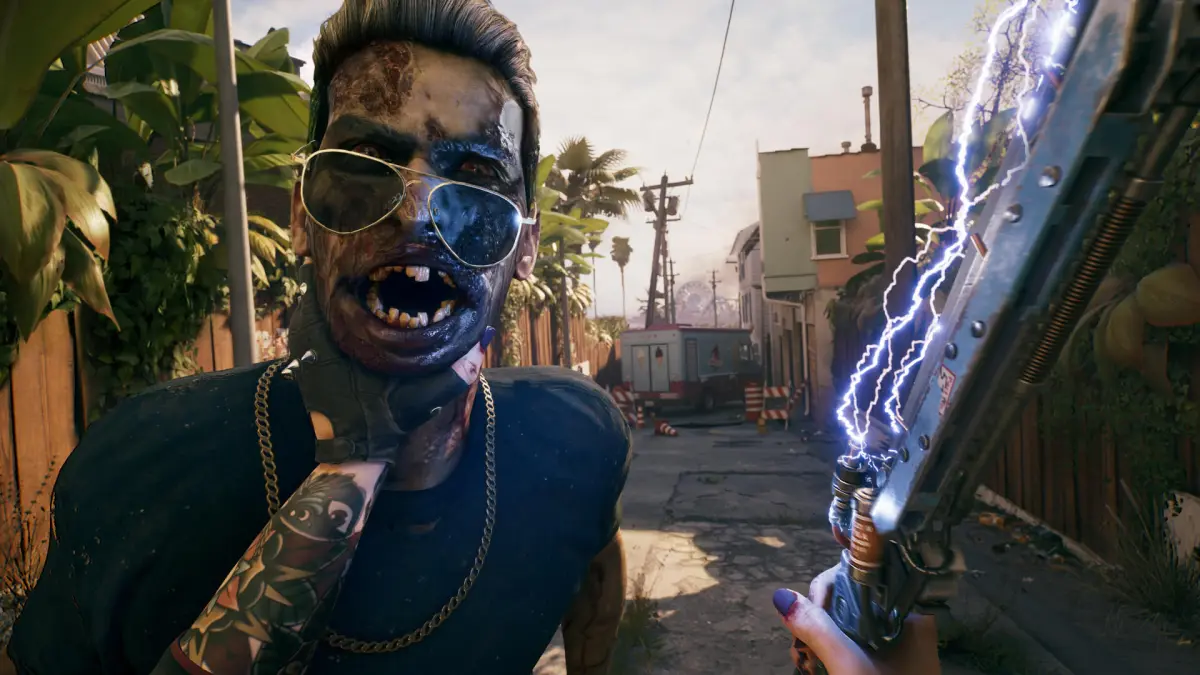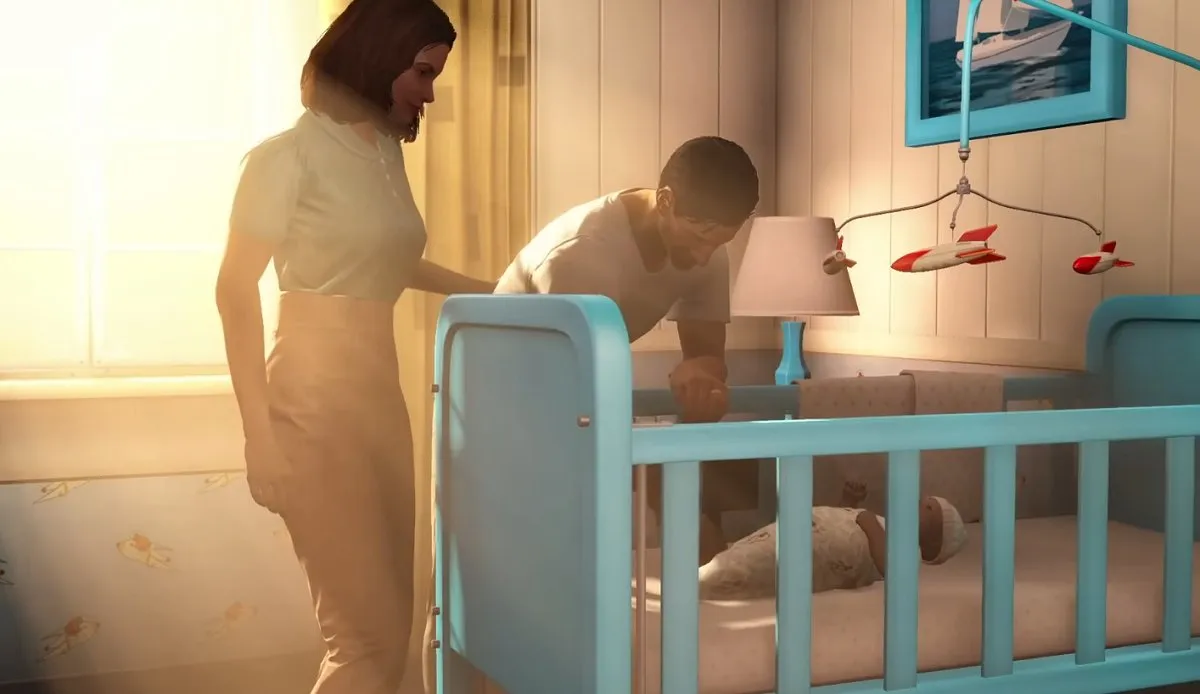The star of the show for Tuesday’s 2022 Gamescom Opening Night Live was a long-awaited trailer for a long-awaited followup to one of the bloodiest zombie games ever created. Dead Island 2 is officially on the way, and developer Dambuster Studios promises a gore-fest so intense that Gamescom had to save the full uncensored trailer for after the show.
The original Dead Island launched in 2011 as a slightly mediocre, but visually spectacular, first-person zombie horror action game. The game, which takes place during a zombie outbreak on an island paradise just a few clicks from Papua New Guinea, sold itself on its realistic blood, guts, and dismemberment—not to mention a gut-wrenching cinematic announcement trailer. Shoot, stab, punch, bludgeon, and explode hundreds of zombies to death with limbs strewn everywhere? Even if the final system’s gore capabilities were far less immersive than the original effects showcased mid-development, Dead Island’s violence was a feast for the senses from start to finish.
Dead Island 2 expands on the fun by taking the action to Los Angeles and San Franscisco, along with a third, unspecified part of California. And I’m not going to lie, the new gore effects look pretty sick. You can pull zombies apart limb-by-limb, yank their faces right off their heads, whack them so hard their eyes falls out, and slice so many new orifices into their walking undead flesh that they might as well be Swiss cheese afterwards. If you’re obsessed with gore, Dead Island 2 is going to be your thing.
But if you want your zombie horror game to have explicitly queer themes, Dead Island 2 might not necessarily deliver. During an interview with The Mary Sue sister site Dot Esports at Gamescom 2022, Deep Silver Dambuster Studios’ lead narrative designer Ayesha Khan fielded a question, on The Mary Sue’s behalf, about representation for various genders, sexualities, and races in the game. While Khan stressed that the game will reflect L.A.’s diversity, explicit queer representation isn’t necessarily on the table.
“L.A. is incredibly diverse, and our heroes are if not from L.A. then transplants, which is a very American thing, so we did want to reflect that absolutely,” she said. “We left sexualities mostly out of the question because ‘sex and zombies’ and ‘sex and death’ isn’t really where we wanted to take this game. But yeah. Races, genders, we have three male and three female characters, for sure.”
The queer erotics behind zombies

I’m not sure it’s possible to create a zombie game and not have sexual subtext around “sex and zombies” and “sex and death” appear in some shape or form. Just as the vampire is a metaphor for predation and penetration, fears, desires, and anguish around queerness are hidden in plain sight around the other monsters that inhabit our horror works, too. Addressing the zombie as a queer figure, Professor Rasmus R. Simonsen argues in “Appetite for Disruption: The Cinematic Zombie and Queer Theory” that the zombie “represents the queerest of movie monsters, since its existence, as neither living nor dead, is predicated on the destruction of boundaries,” particularly heteronormative social and cultural boundaries.
“Zombies are carriers of a virus; as deadly vessels of incurable undeath, they transport the means of destroying culture — understood in this essay as a set of values that are reproduced through heterosexual structures and practices,” Simonsen writes. “The zombie is already queer, and the queer is already zombified: they share a metonymic relation, defying cultural normativity equally.”
Even going beyond the zombie as a metaphorical queer figure, the gory effects central to Dead Island 2 really reveal the erotics of horror. The creation of new orifices by tearing off limbs and ripping off faces, the modification of the body through gnawing and slashing, the ability to burn through the exterior to examine the hidden realm of the interior—these are all rooted in the physical erotics of gore, guts, and violence, which are central to the horror genre. They are metaphorical interactions between bodies, representations of how the human form can hurt, harm, and touch, creating new possibilities between bodies.
In her masters thesis “Negotiating the non-narrative, aesthetic and erotic in New Extreme Gore,” Colva Weissenstein argues that “torture and bodily destruction” is an “ultimately erotic aesthetic,” as torture porn films (like Saw) sport an eroticism “rooted in their aesthetic treatment of the body as a center point for the visual interest of the scene.” The body is the visual subject, and “the body and the shattering of that body, physically and metaphysically becomes the driving force behind the film.”
“It is a kind of cinema which asks the viewer to suspend not only the desire for conventional realism and identification,” Weissenstein writes, “but for character and even narrative and instead to indulge in the pleasure of the frenzy which comes from the relationship between pain and the body and more so the ability of cinema in its current technological state to access and render those images in stunning detail on screen.”
If gory violence can be a metaphorical erotic form of intimacy in cinema, then the obsession over Dead Island 2′s gore system can also be seen as an erotic interest from players. When Dead Island 2 director David Stenton spoke with IGN about the new gore system for the game, he emphasized all the incredibly horrific ways the players can watch their characters physically shatter their enemies’ bodies, and indulge in the aesthetic pleasure of the destroyed body as a place of simultaneous pain and joy.
“We’ve probably spent an unhealthy amount of time passionately developing our own gruesome gore tech, which we codename internally FLESH,” Stenton said. “One of the most fun things you can do in the game is melt a zombie. You can see [the flames] burn through the clothes and all the soft tissue, and down through the organs and into the bones.”
Eroticism and sexuality, in other words, are wrapped up in the horror genre’s violence. Dead Island 2 has a lot to say about “sex and zombies” and “sex and death,” even if it’s all subtextual commentary controlled by the player, directed by their actions.
Horror is queer, and queer desire seeks horror

Earlier this year, Gizmodo’s Linda Codega argued David Cronenberg’s surgical body horror film Crimes of the Future is a trans allegory. This should come as no surprise; the film is rooted in understanding the body and embracing its alteration, its surgical reformation, and its recreation amid the complex relationship between trauma and sexuality. Horror itself provides a refuge for these desires, Codega writes, as trans, non-binary, and queer people “have long identified with horror as a means of expressing transgressive, taboo, and otherwise unacceptable behaviors and fantasies.”
“Is it any wonder that so many of us identify with monsters?” they ask. “Is it any wonder that trans people are reflected in these stories so obviously?”
Given the zombie is “the queerest of movie monsters,” and Dead Island 2 seems to be in love with its gruesome, gory violence, it seems likely to me that the game will have plenty of queer subtext between all the stabbing, slashing, and burning. But it’s a shame that subtext is the only solution here.
Sexuality is not mutable. When a game decides to keep its characters’ sexualities “out of the question,” explicitly normative sexual expression between characters tends to fill the void. When the non-normative sexuality is deemed the visible one, the default sexuality parades as invisible.
Luckily, that’s where the monsters come in.
Interview for coverage provided by Adam Newell from Dot Esports.
(featured image: Deep Silver)









Published: Aug 25, 2022 06:00 pm